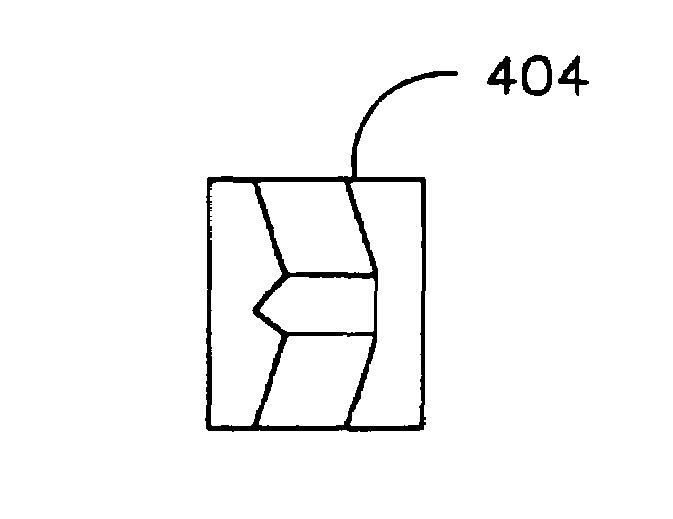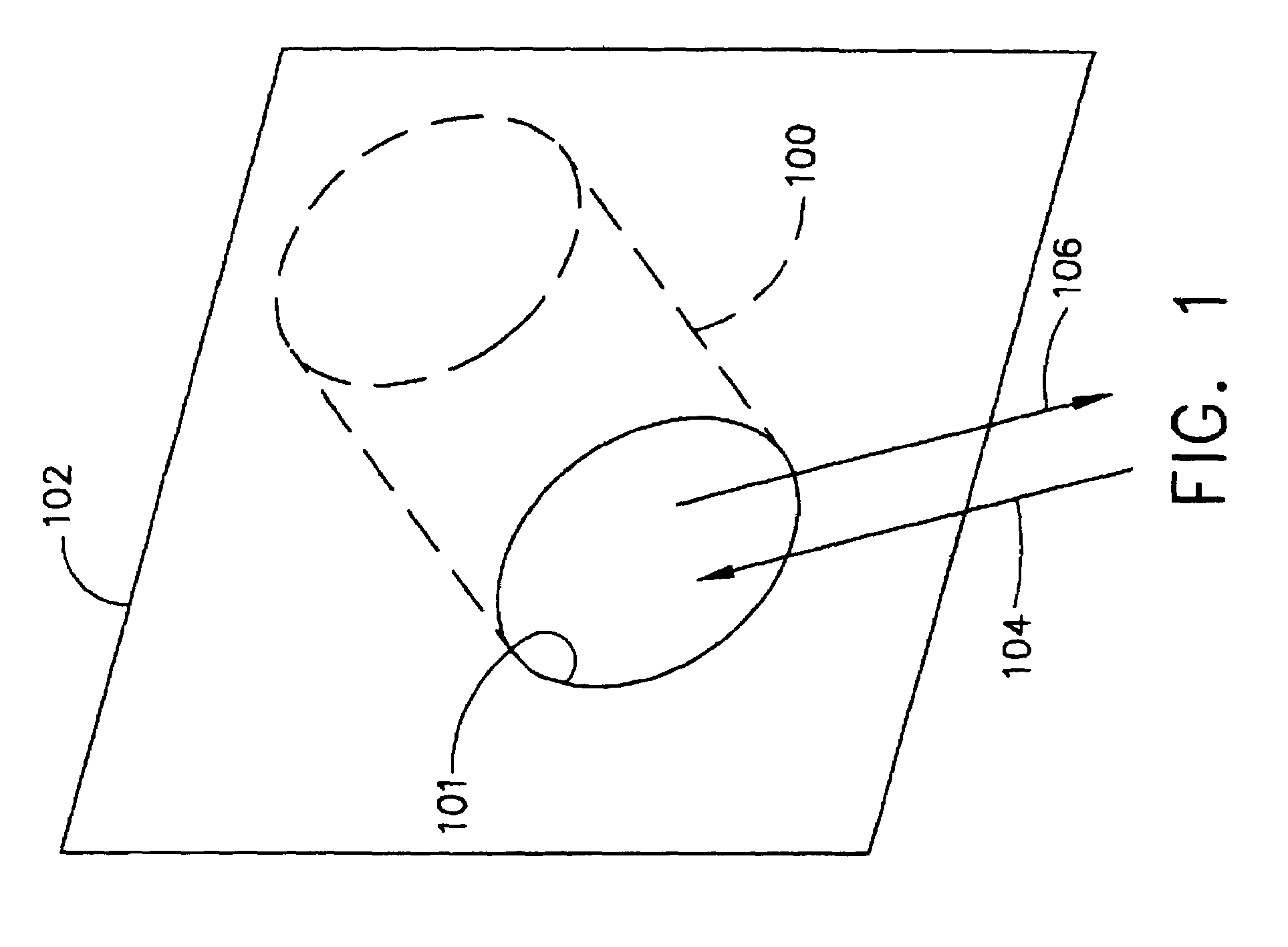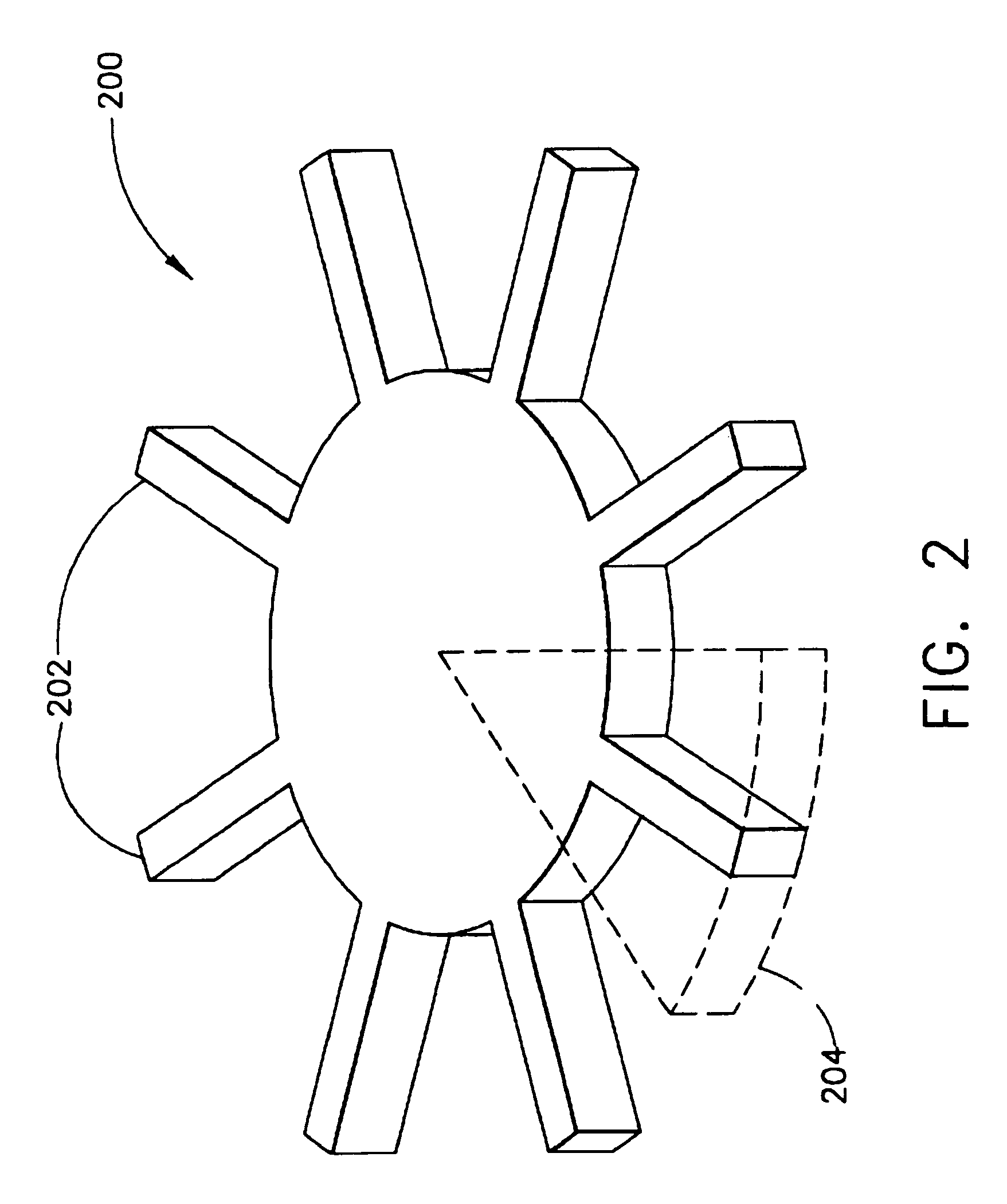Aircraft engine face radar cross section analysis
a technology for aircraft engine face and which is applied in the field of aircraft engine face radar cross section analysis, can solve the problems of large amount of computer memory and computational time, inability to perform rcs analysis using traditional techniques, and inability to accurately capture fine details of rcs patterns. , the amount of time and prototype cost required to optimize designs is substantially reduced, and the effect of excellent rcs performan
- Summary
- Abstract
- Description
- Claims
- Application Information
AI Technical Summary
Benefits of technology
Problems solved by technology
Method used
Image
Examples
Embodiment Construction
[0014]The present invention is directed to performing a computer simulation or analysis of the radar cross section (RCS) of aircraft engine face components. The computer simulation or analysis is performed in the frequency domain and can accurately model continuous wave behavior. The computer simulation or analysis can be executed on any general purpose computer having memory devices (RAM, ROM, hard disk, CD-ROM, etc.), processing units (CPU, ALU, etc.) and input / output devices (monitor, keyboard, mouse, printer, etc.). In a preferred embodiment of the present invention, the computer simulation or analysis is executed on a “desktop” computer or workstation. Preferably, the “desktop” workstation has a multi-processor arrangement, wherein the number of processors preferably range from 5 to 20. The multi-processor arrangement can execute instructions either serially or in parallel, as required, to achieve the most efficient processing of instructions. In another embodiment of the prese...
PUM
 Login to View More
Login to View More Abstract
Description
Claims
Application Information
 Login to View More
Login to View More - R&D
- Intellectual Property
- Life Sciences
- Materials
- Tech Scout
- Unparalleled Data Quality
- Higher Quality Content
- 60% Fewer Hallucinations
Browse by: Latest US Patents, China's latest patents, Technical Efficacy Thesaurus, Application Domain, Technology Topic, Popular Technical Reports.
© 2025 PatSnap. All rights reserved.Legal|Privacy policy|Modern Slavery Act Transparency Statement|Sitemap|About US| Contact US: help@patsnap.com



